With artwork improvements by the brilliant Eugen Loki (@pheasyque ), my latest post:
A functional muscle is like a wooden fence. Hear me out:
The wooden fence has the function to keep your neighbors from peeking over (and starting small-talk while you’re trying to enjoy your Sunday afternoon).
A muscle has the function to… contract forcefully, to bring your skeletal frame into movement.
Muscle is made up of protein building blocks (amino acids), and there are 20 different amino acids in total.
However, if there is not enough of a certain amino acid, this becomes the limiting factor for muscle growth, which thereby limits its growth and capacity to contract more forcefully.
In the same sense: if not all the planks (types of amino acids) are long enough (eaten enough), this becomes the limiting factor and the pesky neighbor can peek over the fence.
Plant proteins (legumes, seeds, grains) don’t have as much digestible Lysine (an amino acid), but also Methionine as animal protein [Gorissen 2018].
To make up for this, you can do two things:
(1) Make all the types of planks longer by ingesting more protein in total.
(2) Make only the limiting plank longer ingesting more of a specific protein building block.
Number one will have you eating beans (and surprising people with silent farts) all day, since optimal daily protein needs go up from 1.8 to about 3.0 g/kg (!) on a plant-only diet [Gilani 2005], because of lower digestibility and limiting amino acids [Rosado 1992].
Number two (pun intended) will have you supplement about 1-2 g of the amino acid Lysine per day, lowering the 3.0 to about 2.7 g/kg per day, which is still a lot of protein indeed.
Another way is to combine (plant) protein sources intelligently: article on that with @perferrumetscientia@stennisschoppen coming soon…
Better start eating more of that good ol’ protein my friends.

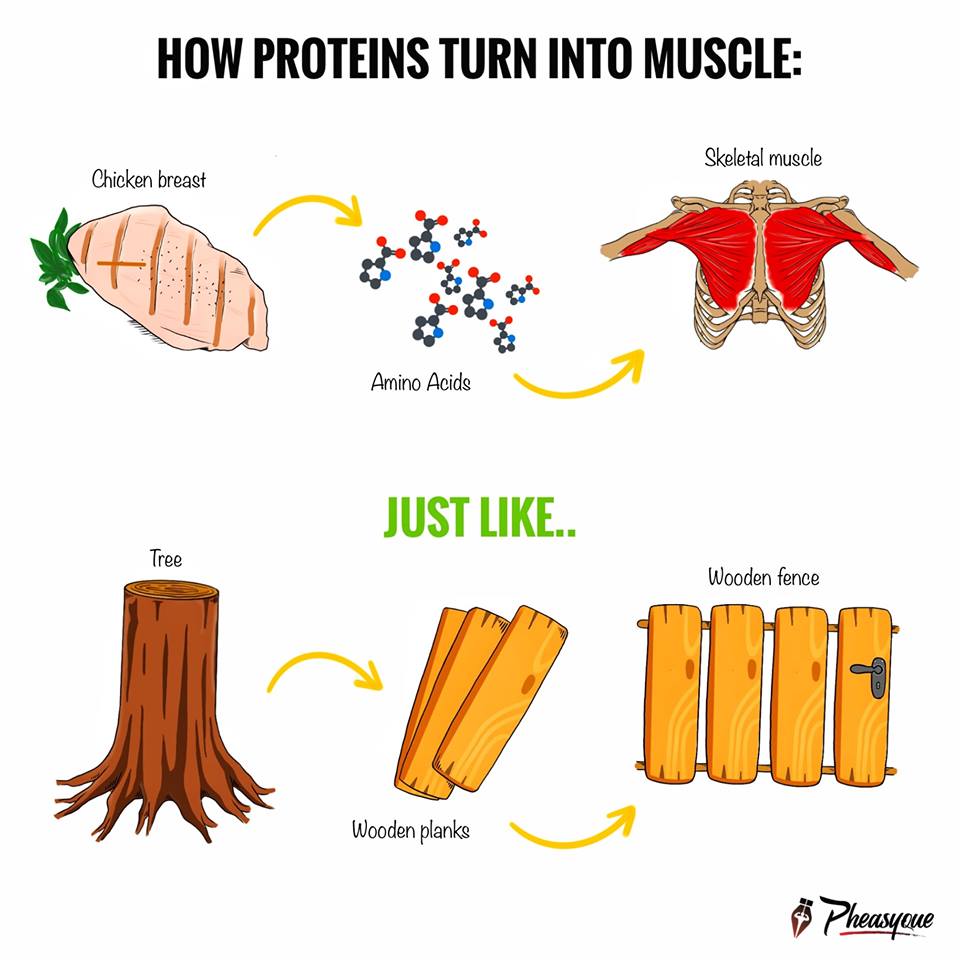
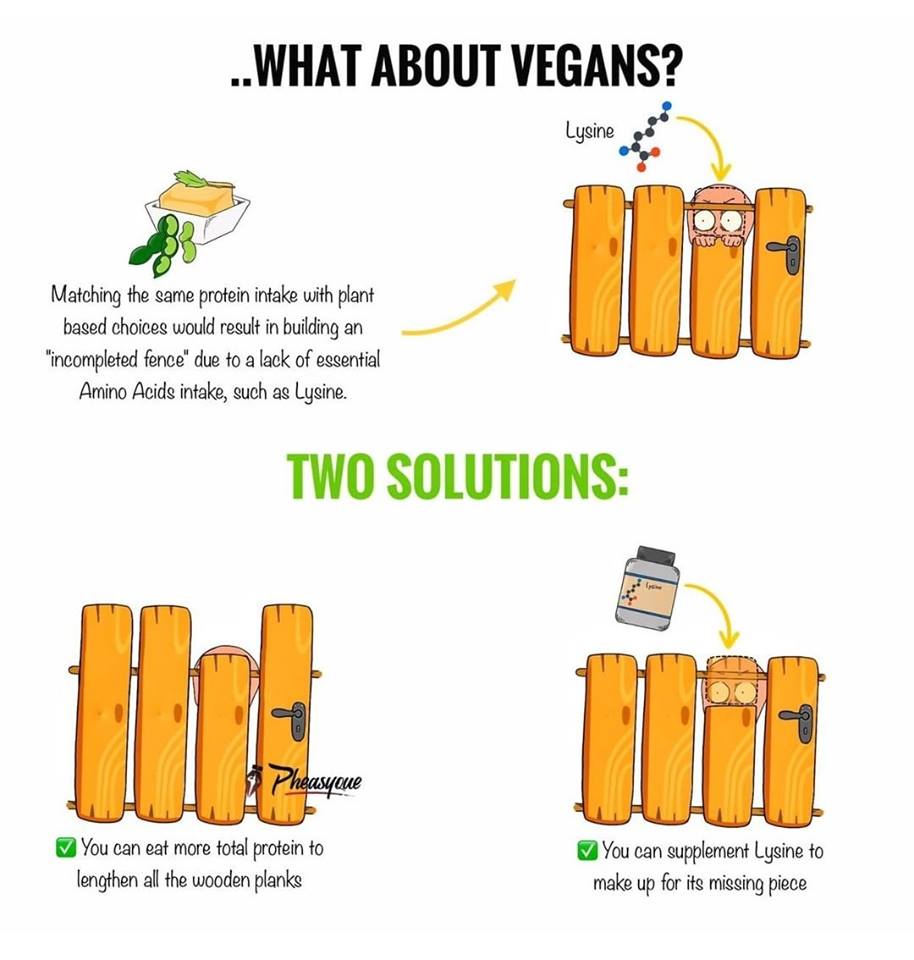
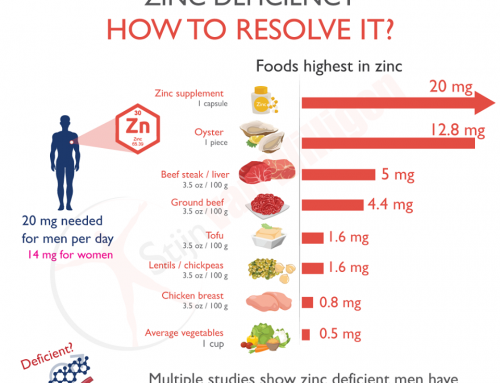
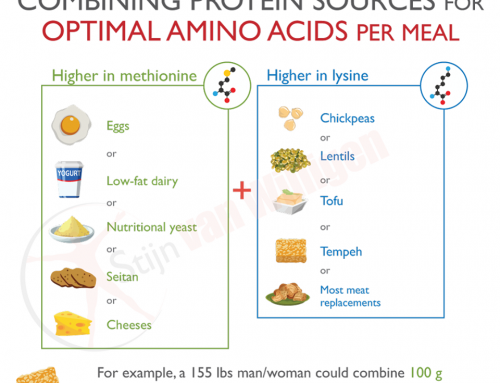
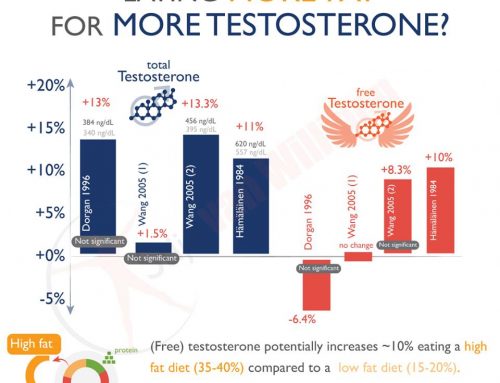
Leave A Comment